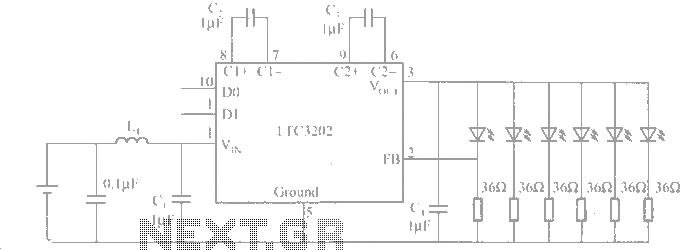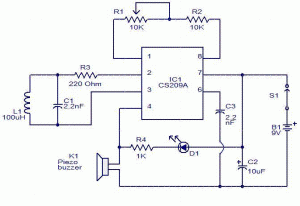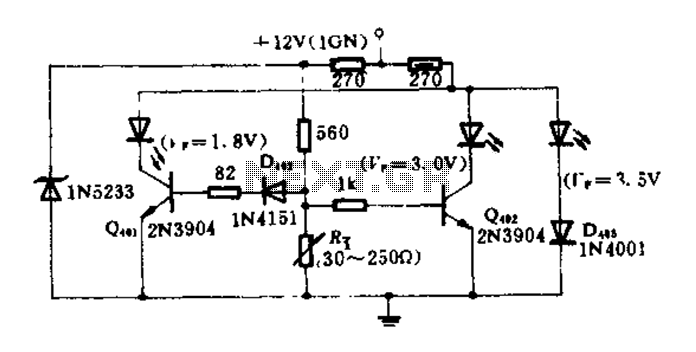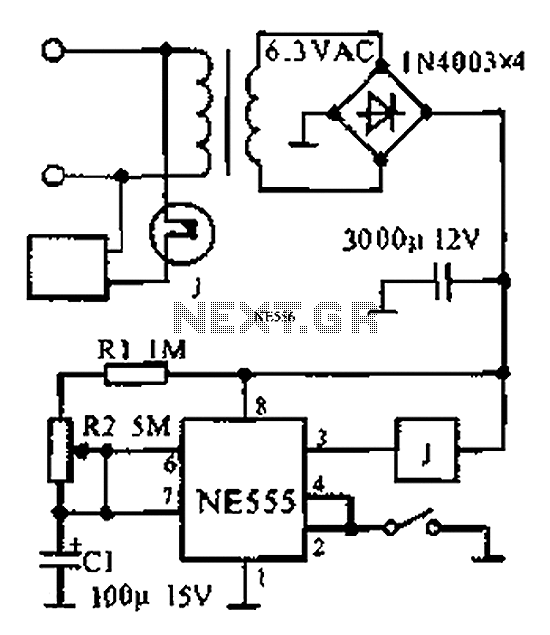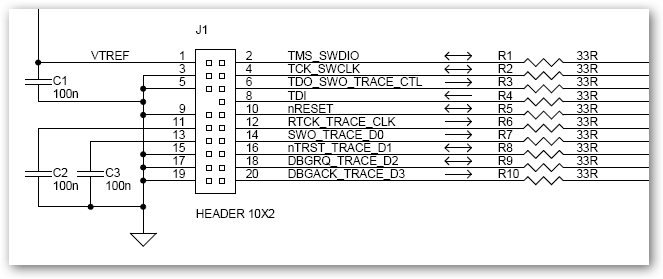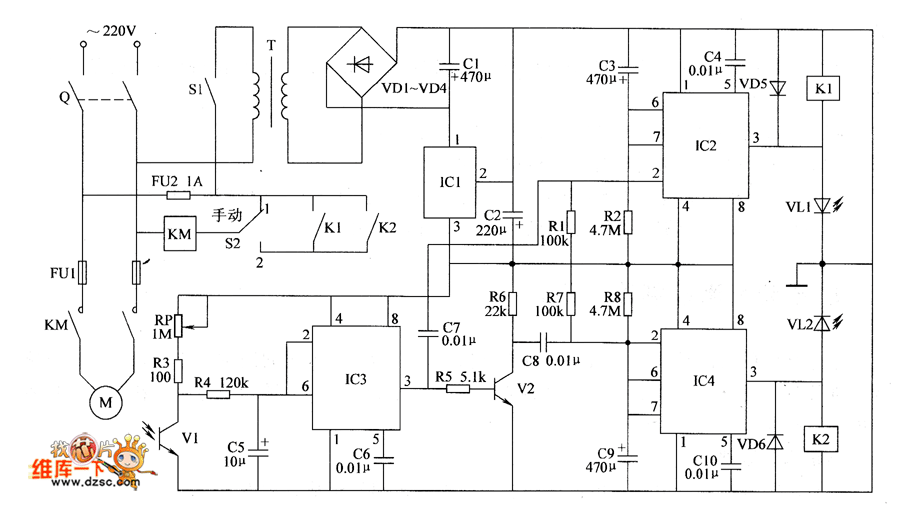
LM3900 Audio Mixer Schematic Diagram
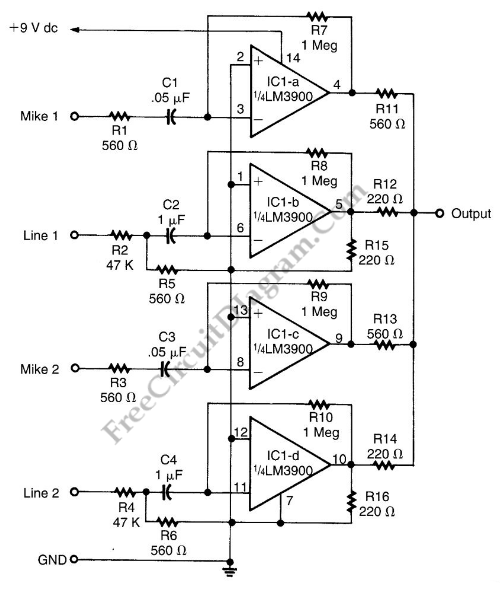
This audio mixer circuit does not utilize a low impedance input to mix non-ideal sources; instead, it employs multiple amplifiers to provide ideal sources prior to mixing through simple resistors. An ideal source is characterized by low impedances, which ensures that the interaction between signals at the output does not affect the input. It is important to note that this mixer circuit has a high impedance output, necessitating subsequent processing equipment with appropriate input specifications. The audio mixer circuit is designed around an LM3900 quad operational amplifier and combines two line inputs and two microphone inputs, summing them at the output terminal. To adjust the gain (approximately +23 dB), the resistances R7 through R10 can be modified.
The audio mixer circuit utilizes the LM3900 quad op-amp, which is a versatile component known for its low noise and high performance in audio applications. The circuit configuration allows for the integration of two line-level inputs and two microphone inputs, making it suitable for a variety of audio mixing scenarios. The operational amplifiers in the circuit serve to buffer the inputs, providing the necessary gain and ensuring that the signals are adequately processed before mixing.
The gain adjustment feature is critical for optimizing the output level according to the requirements of the connected equipment. By varying the values of resistors R7 through R10, the gain can be tailored to achieve the desired amplification, allowing for flexibility in handling different types of audio sources. This adjustment capability is essential in live sound applications or recording environments where different input levels may be encountered.
The high impedance output characteristic of this mixer circuit is advantageous, as it minimizes loading effects on the preceding stages in the audio chain. However, it is crucial to connect the output to processing equipment that can accommodate high impedance inputs to ensure optimal performance and signal integrity. This design consideration is vital for maintaining audio quality and preventing signal degradation.
In summary, this audio mixer circuit effectively combines multiple audio sources while providing the necessary gain and maintaining signal integrity through the use of the LM3900 quad op-amp. The ability to adjust gain and the high impedance output make it a valuable tool in audio mixing applications.This audio mixer circuit doesn`t use a low impedance input to mix no ideal sources, but use many amplifiers to provide ideal sources before mixed through simple resistors. Ideal source means a sources with low impedances, make the interaction between signals in the output doesn`t affect the input.
Please note that this mixer circuit has high impe dance output, so you`ll need an next processing equipment with appropriate input specs. This audio mixer circuit is designed around an LM3900 quad op amp and combines 2 line and 2 mike inputs and sums them at the output terminal. To vary the gain (around +23 dB), we can change the R7 through R10. You are reading the Circuits of LM3900 Audio Mixer And this circuit permalink url it is 🔗 External reference
The audio mixer circuit utilizes the LM3900 quad op-amp, which is a versatile component known for its low noise and high performance in audio applications. The circuit configuration allows for the integration of two line-level inputs and two microphone inputs, making it suitable for a variety of audio mixing scenarios. The operational amplifiers in the circuit serve to buffer the inputs, providing the necessary gain and ensuring that the signals are adequately processed before mixing.
The gain adjustment feature is critical for optimizing the output level according to the requirements of the connected equipment. By varying the values of resistors R7 through R10, the gain can be tailored to achieve the desired amplification, allowing for flexibility in handling different types of audio sources. This adjustment capability is essential in live sound applications or recording environments where different input levels may be encountered.
The high impedance output characteristic of this mixer circuit is advantageous, as it minimizes loading effects on the preceding stages in the audio chain. However, it is crucial to connect the output to processing equipment that can accommodate high impedance inputs to ensure optimal performance and signal integrity. This design consideration is vital for maintaining audio quality and preventing signal degradation.
In summary, this audio mixer circuit effectively combines multiple audio sources while providing the necessary gain and maintaining signal integrity through the use of the LM3900 quad op-amp. The ability to adjust gain and the high impedance output make it a valuable tool in audio mixing applications.This audio mixer circuit doesn`t use a low impedance input to mix no ideal sources, but use many amplifiers to provide ideal sources before mixed through simple resistors. Ideal source means a sources with low impedances, make the interaction between signals in the output doesn`t affect the input.
Please note that this mixer circuit has high impe dance output, so you`ll need an next processing equipment with appropriate input specs. This audio mixer circuit is designed around an LM3900 quad op amp and combines 2 line and 2 mike inputs and sums them at the output terminal. To vary the gain (around +23 dB), we can change the R7 through R10. You are reading the Circuits of LM3900 Audio Mixer And this circuit permalink url it is 🔗 External reference
